8 start with T start with T
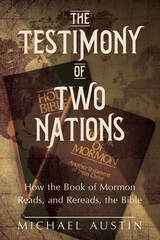
Like the Hebrew Bible and the Christian Bible, the Book of Mormon uses narratives to develop ideas and present instruction. Michael Austin reveals how the Book of Mormon connects itself to narratives in the Christian Bible with many of the same tools that the New Testament used to connect itself to the Hebrew Bible to create the Christian Bible. As Austin shows, the canonical context for interpreting the Book of Mormon includes the Christian Bible, the Book of Mormon itself, and other writings and revelations that hold scriptural status in most Restoration denominations. Austin pays particular attention to how the Book of Mormon connects itself to the Christian Bible both to form a new canon and to use the canonical relationship to reframe and reinterpret biblical narratives. This canonical context provides an important and fruitful method for interpreting the Book of Mormon.
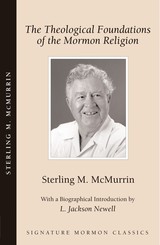
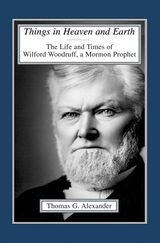
Before attaining that status of senior church apostle at the death of John Taylor in 1886, Woodruff had been one of the fiercest opponents of United States hegemony. He spent years evading territorial marshals on the Mormon “underground,” escaping prosecution for polygamy, unable even to attend his first wife’s funeral. As church president, faced with disfranchisement and federal confiscation of Mormon property, including temples, Woodruff reached his monumental decision in 1890 to accept U.S. law and to petition for Utah statehood.
As church doctrines and practices evolved, Woodruff himself changed. The author examines the secular and religious development of Woodruff’s world view from apocalyptic mystic to pragmatic conciliator. He also reveals the gentle, solitary farmer; the fisherman and horticulturalist; the family man with seven wives; the charismatic preacher of the Mormon Reformation; the astute businessman; the urbane, savvy politician who courted the favor of prominent Republicans in California and Oregon (Leland Stanford and Isaac Trumbo); and the vulnerable romantic who pursued the affections of Lydia Mountford, an international lecturer and Jewish rights advocate. He traces a faithful polygamist who ultimately embraced the Christian Home movement and settled comfortably into a monogamous relationship in an otherwise typically Victorian setting.

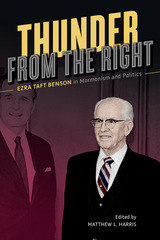

Marion Duff Hanks (1921–2011) was one of the most beloved and influential leaders of the Church of Jesus Christ of Latter-day Saints in the twentieth century, serving as a General Authority (senior leader) for forty years. He was also a leader of national import. As a recognized expert on youth, five US presidents appointed him to their President’s Council on Physical Fitness and Sports. Hanks also served as an executive leader of Rotary International and the Boy Scouts of America.
Author Richard Hanks draws on previously unavailable primary sources—journals, correspondence, notebooks, and recordings—to share this first and only authorized biography of his father. Hanks traces his father’s influence as he advocated for numerous changes in the institutional church, including humanitarian efforts, refugee relief services, missionary community service, a focus on mercy for the sinner, and a churchwide emphasis on “coming unto Christ.” A Renaissance man, Duff Hanks felt comfortable mingling with presidents and world leaders and speaking from pulpits and podiums to huge audiences and on television. But he found his greatest joy in assisting the individual, encouraging each in their personal search for happiness. Once, when asked about his goals, he replied, “My strongest desire is to qualify to be a friend of Christ.”

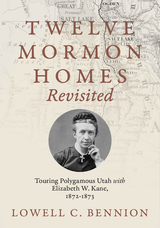
READERS
Browse our collection.
PUBLISHERS
See BiblioVault's publisher services.
STUDENT SERVICES
Files for college accessibility offices.
UChicago Accessibility Resources
home | accessibility | search | about | contact us
BiblioVault ® 2001 - 2024
The University of Chicago Press









